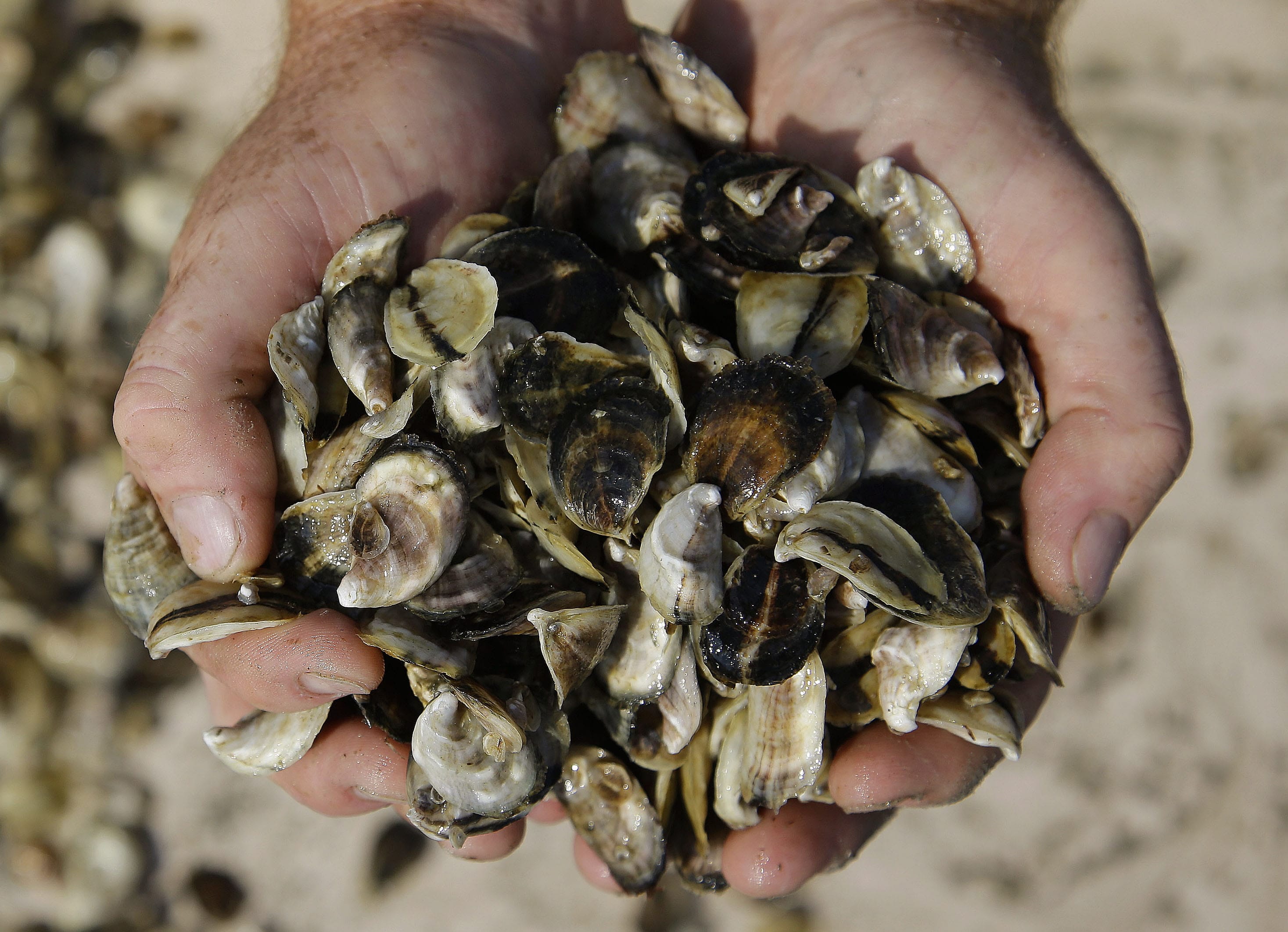NEW YORK — The government’s latest report card on food poisoning in 2011 shows a dip in salmonella cases but an increase in illnesses from bacteria in raw shellfish. The report counts cases in only 10 states for some of the most common causes of foodborne illness, but is believed to be a good indicator of national food poisoning trends. Highlights from Thursday’s report from the Centers for Disease Control and Prevention include:
o WHAT’S MAKING US SICK?
Salmonella remains at the top of the chart, far ahead of most other foodborne germs. Only campylobacter — a bacteria commonly linked to raw milk and poultry — comes close. Other causes, listeria, shigella and E. coli, trail behind.
o IS FOOD POISONING GETTING WORSE?
Overall, no. Last year, there were no significant changes in most kinds of food poisoning, compared to the previous three years. The new report tallied about 20,000 illnesses and 80 deaths in the 10 states, similar to previous years. The CDC estimates that 1 in 6 Americans get sick from contaminated food each year, though most cases are not reported.
o ANY GOOD NEWS?
Yes, for salmonella. The rate of new cases dropped 9 percent — the biggest drop in about a decade. But officials are cautious about making too much of it, since it was compared to a time period that included a big outbreak linked to eggs in 2010. Last year’s rate is similar to what it was about five years ago. CDC officials hope new regulatory proposals, like one to prevent salmonella in chicken parts, will keep pushing rates down.



